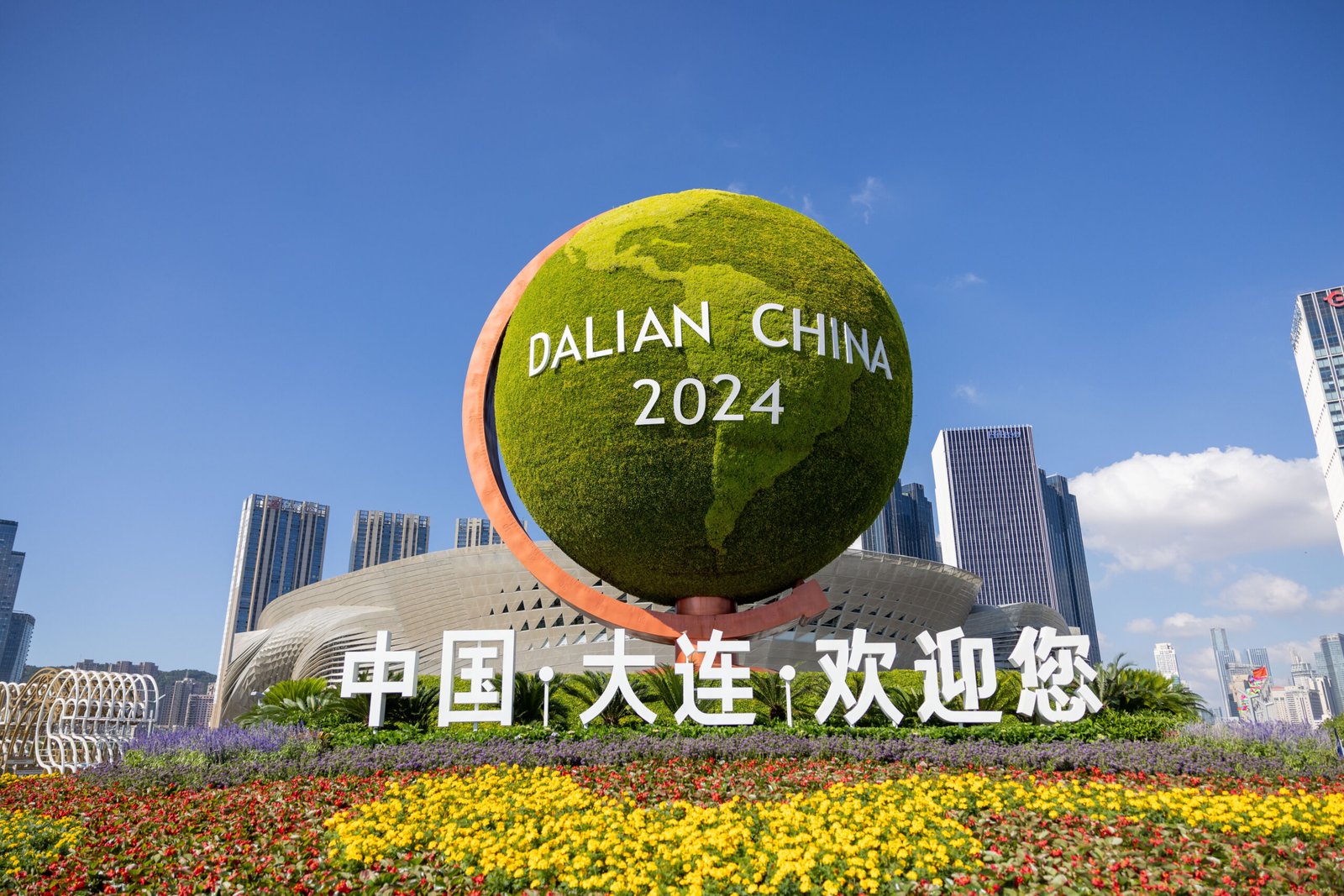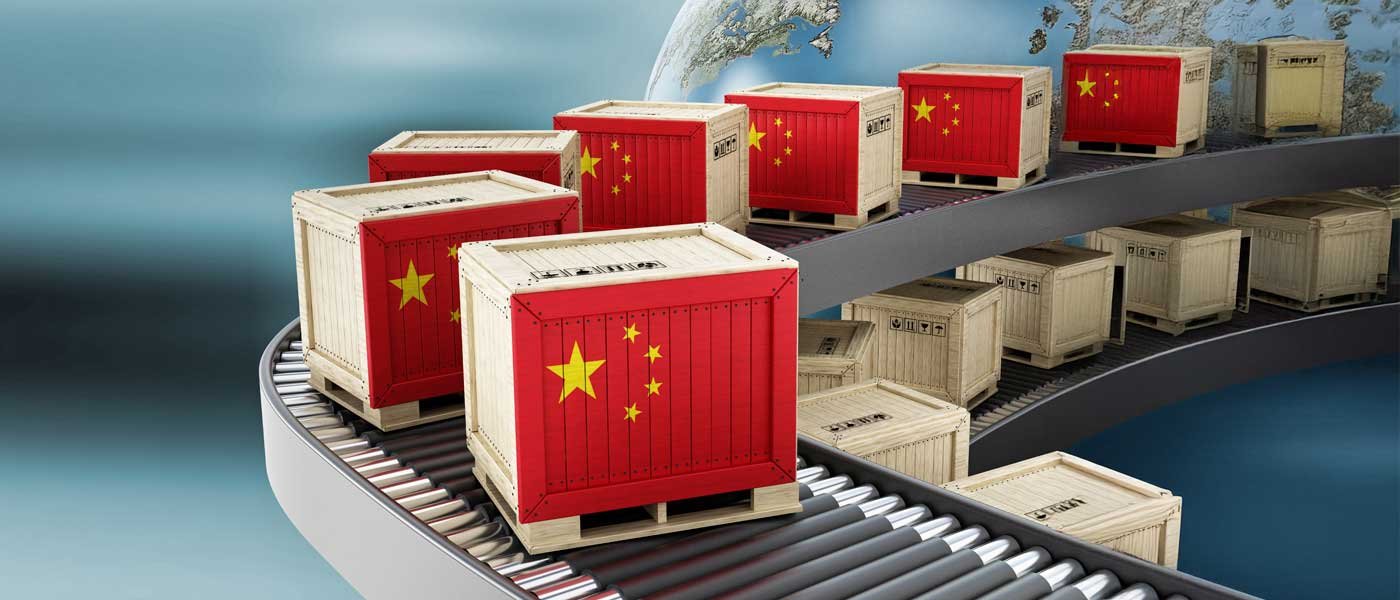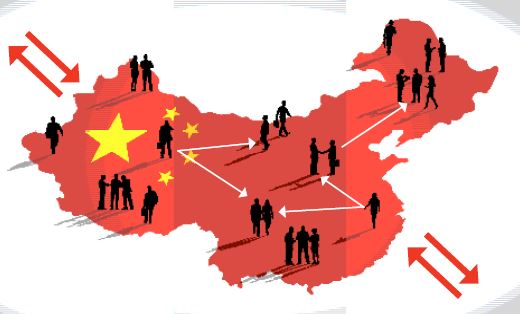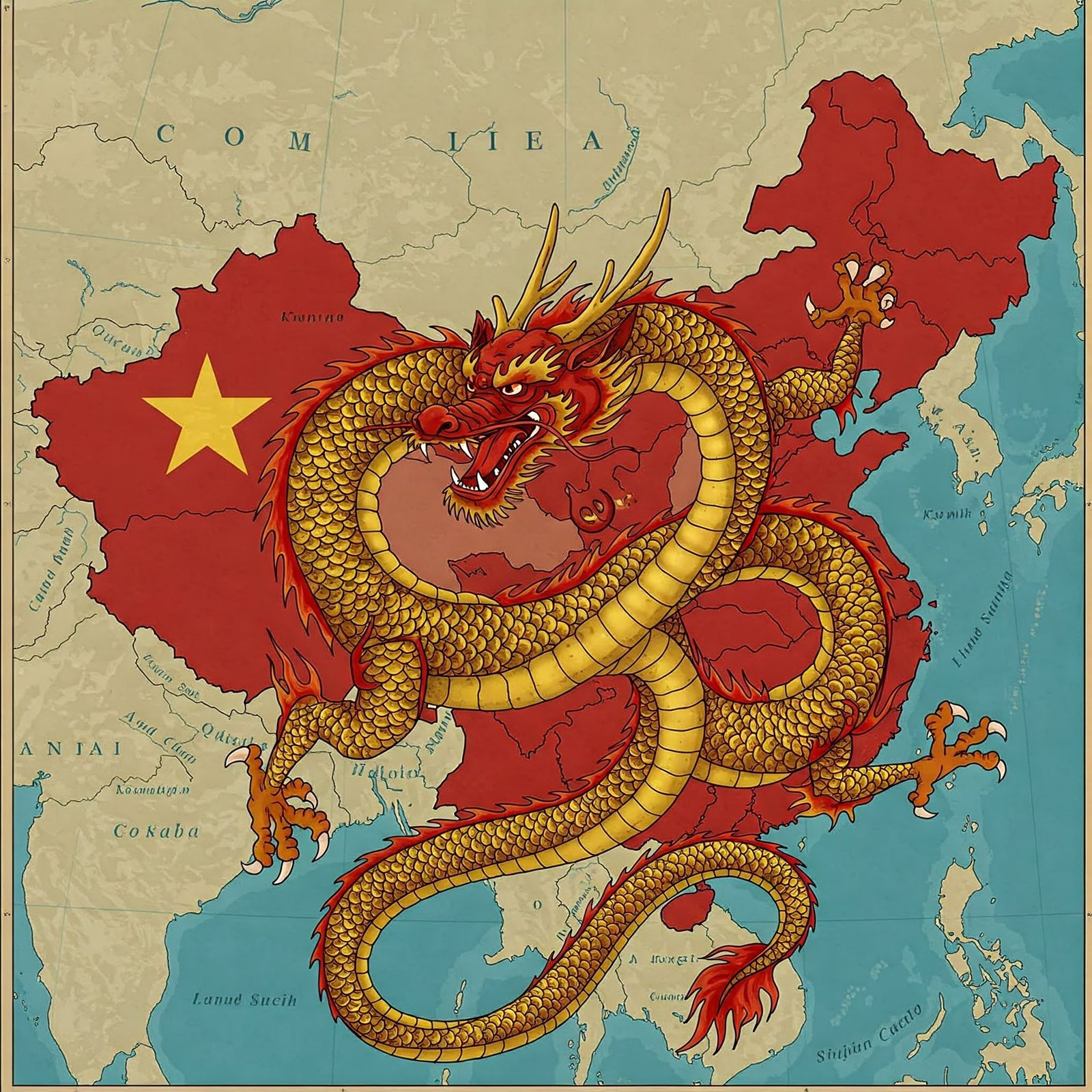Blog
A General Overview
China has long played a pivotal role in shaping global supply chains. As the world’s largest manufacturer and a key trading partner across continents, the country remains central to the production and distribution of goods across virtually every major industry. In 2025, China’s supply chain ecosystem continues to evolve—driven by advancements in technology and infrastructure, tempered by geopolitical shifts, demographic pressures, and growing environmental concerns.
For businesses navigating today’s global trade landscape, understanding the strengths and vulnerabilities of China’s supply chain is more essential than ever.
Table of Contents
Core Strengths of China’s Supply Chain
Manufacturing Dominance
China continues to hold its position as the world’s leading manufacturer, producing everything from advanced electronics and heavy machinery to textiles, toys, and consumer goods. Its manufacturing prowess is supported by a vast labor force, highly developed industrial clusters, and the ability to scale operations quickly and efficiently. This scale enables cost efficiencies and responsiveness that few other nations can match.
The presence of robust supply ecosystems—where component manufacturers, logistics providers, and assemblers are often located within close proximity—further enhances China’s competitive edge.
World-Class Infrastructure
A key enabler of China’s supply chain success is its sophisticated infrastructure. The country has heavily invested in ports, highways, railways, and airports, facilitating seamless domestic and international logistics. Flagship initiatives such as the Belt and Road Initiative (BRI) are expanding China’s logistical influence beyond its borders, connecting trade routes across Asia, Europe, and Africa through massive infrastructure development.
This commitment to connectivity allows for faster, more reliable transport of goods and strengthens China's position as a central node in global trade.
Technological Innovation in Logistics
China is at the forefront of integrating emerging technologies into supply chain operations. The adoption of artificial intelligence (AI), robotics, and blockchain is reshaping logistics, warehousing, and manufacturing processes. Smart factories—driven by automation and real-time data analytics—enhance productivity and operational precision. Blockchain is increasingly being used for supply chain traceability, ensuring transparency and trust in complex, multi-tiered supply networks.

Copyrights: ABC News
Current Challenges Impacting China’s Supply Chains
Lingering COVID-19 Effects
Although much of the world has moved into a post-pandemic phase, the ripple effects of COVID-19 still resonate throughout China’s supply chains. Intermittent lockdowns, port slowdowns, and disruptions to global shipping routes have created persistent delays and uncertainties. These disruptions exposed vulnerabilities in the "just-in-time" model, prompting many companies to reassess their supply chain resilience.
Geopolitical and Trade Tensions
China’s trade relationships—especially with the United States and several Western allies—remain tense. The legacy of the U.S.-China trade war, coupled with ongoing disputes over tariffs, technology transfer, and intellectual property, has introduced a layer of unpredictability into global supply chains. Export controls, sanctions, and shifting trade alliances continue to influence sourcing decisions and investment flows.
Labor Market Constraints
Demographic trends are also reshaping China’s supply chain capabilities. With an aging population and a shrinking labor force in certain regions, manufacturers are facing labor shortages and rising wage pressures. While automation has helped to mitigate some of these challenges, maintaining a flexible and cost-effective labor base is becoming increasingly difficult—particularly for labor-intensive industries.
Environmental Pressures
As the world’s largest emitter of greenhouse gases, China faces mounting international and domestic pressure to green its supply chains. Many industries still rely heavily on coal-powered energy, and pollution remains a concern in major manufacturing zones. Although government initiatives are promoting cleaner energy and sustainable practices, the transition toward environmentally friendly logistics and production systems remains uneven across sectors and regions.

Copyrights: World Economic Forum, 2024, What you need to know about China and the world
Global Implications of China's Supply Chain Role
Global Supply Chain Dependence
China’s supply chain is deeply embedded in the global economy. Whether it’s raw materials, intermediate components, or finished goods, disruptions within China’s logistics networks inevitably reverberate worldwide. From smartphone parts to automotive components, businesses across industries remain heavily reliant on Chinese suppliers for critical inputs.
Systemic Disruptions and Market Volatility
Disruptions at major Chinese ports—such as those in Shanghai or Ningbo—can cause significant delays and increase costs globally. These supply shocks have led to shortages, price volatility, and shifts in production timelines for manufacturers and retailers alike. The pandemic starkly highlighted how dependent the global economy remains on the smooth functioning of Chinese logistics and production.
Diversification of Manufacturing Bases
To mitigate risk and reduce overreliance on China, many multinational companies have begun diversifying their manufacturing footprint. Countries like Vietnam, India, and Mexico have emerged as alternative hubs, offering lower labor costs and fewer geopolitical constraints. While China is not being replaced, this trend—often referred to as “China+1”—signals a gradual rebalancing of global supply chain geography.

Copyrights: 20Cubes, 2025, China’s Evolving Role in Global Supply Chains
The Future of China’s Supply Chain
Transition to High-Tech Manufacturing
China is actively moving up the value chain, shifting its industrial strategy toward advanced manufacturing sectors such as semiconductors, electric vehicles, biotechnology, and aerospace. Through initiatives like Made in China 2025, the government aims to strengthen its global leadership in innovation and reduce dependence on foreign technology.
This strategic pivot is expected to redefine China's supply chain role—from low-cost mass production to high-value, innovation-driven manufacturing.
Commitment to Sustainability
In response to growing environmental concerns, China is making sustainability a national priority. Policymakers and industry leaders are increasingly focused on reducing carbon emissions, promoting renewable energy, and implementing circular economy principles. From electric delivery fleets to low-carbon manufacturing processes, the shift toward sustainable supply chain practices is gaining momentum—though implementation varies across sectors.
Rise of Automation and Smart Logistics
China’s commitment to automation and digitalization is reshaping logistics operations at scale. The proliferation of AI-driven inventory systems, autonomous vehicles, and intelligent warehouses is expected to accelerate in the coming years. These technologies not only address labor shortages but also enhance supply chain agility, accuracy, and cost efficiency.

Copyrights: The Economic Studies, 2021, A Primer on Covid-19 and its Impact on the Supply Chains in China, By Zhio Xi
China’s Shifting Role in Global Supply Chains
In 2025, China remains an indispensable force in global supply chain dynamics. Its unparalleled manufacturing capabilities, technological innovation, and world-class infrastructure continue to underpin international commerce. However, the landscape is shifting—driven by demographic challenges, geopolitical uncertainty, and the urgent need for sustainability.
For global businesses, the path forward involves a careful balancing act: maintaining strategic partnerships with Chinese suppliers while diversifying risk, investing in resilience, and adapting to China’s transition toward high-tech and environmentally conscious supply chain practices.
Understanding these dynamics—and responding with agility and foresight—will be key to succeeding in a rapidly evolving global supply chain environment.
